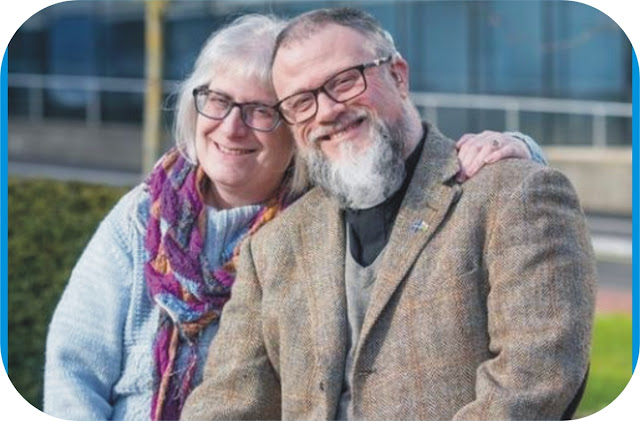
New laws to smoking and ban cigarette coming into place in few weeks
Report has it that six news laws that will bring to an
outright end small packs of rolling tobacco and menthol cigarette will be put
in place in few weeks to curb all “harmful” and “dangerous” cigs sending about
120,000 Britons each year. Thus making it impossible for smokers to buy packs
of 10 cigarettes from shops.
The idea is that, it will now force smokers to think twice
about the cost implication before spending £9 to buy the cheapest 20 packs of
cig.
The proposed law will take effect from May 20, about a
decade after the initial ban on smoking.
The proposed law which was introduced in May 2016, was
billed to be implemented this year to enable suppliers have sufficient time to
get rid of them.
The rules you need to look out for:
·
Ten decks of cigarettes will be banned
·
Smaller bags containing less than 30g of tobacco
will disappear from shops
·
The cheapest packet of fags will cost you £8.82
from May 2
·
Packets of cigarettes will be plain alongside
graphic images showing the impact that tobacco has on health
·
Menthol cigarettes will be gradually phased out
by 2020
·
Some flavoured cigarettes and roll-your-own
tobacco, including, alcohol, candy, spice, herbs and fruit, will be made
illegal
The essence of the new law is to help in reducing deaths
related to smoking and discourage young people from smoking.
Meanwhile, Amanda Sandford, from charity Action on Smoking
and Health, said: “Cigarettes are already expensive and the price increase of
cigarettes is a key factor in making people quit smoking.
“So by removing the packet of ten cigarettes this means
people will have to find the extra money for a packet. It will hit poorer
smokers harder, who are usually younger smokers.”
She told the Hull Daily Mail: “Paying £3 or £4 for a packet
of ten cigarettes at the moment might not seem so much to people and still
leave them with change in their pockets.
“But you when you have to spend £6 to £7, even £9, people
may think ‘Do I really need this packet?’”.















